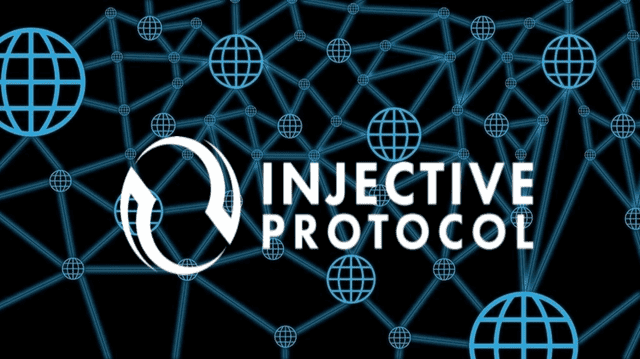ACF for SEO TAG LINE

Here is all of the Official Links
Lorem ipsum dolor sit amet, consectetur adipiscing elit. Ut elit tellus, luctus nec ullamcorper mattis, pulvinar dapibus leo.
Osmosis
Osmosis is an interchain decentralized exchange (DEX) designed for the Cosmos ecosystem. It has several distinctive features and attributes:
Interchain Exchange: Osmosis facilitates the trading of assets across different blockchains within the Cosmos ecosystem through its support for Inter-Blockchain Communication (IBC) protocol. This protocol allows for the seamless exchange of assets and data between different Cosmos-based chains.
Automated Market Maker (AMM) Model: The chain operates using the AMM model, which is different from the traditional order book model used in conventional exchanges. In an AMM, liquidity pools are created for various token pairs, and prices are determined algorithmically based on the ratio of tokens in these pools.
Customizable Liquidity Pools: A unique feature is that it allows users to create their own liquidity pools with customizable parameters, such as swap fees and bonding curves. This flexibility is attractive for users looking to optimize their yield strategies or launch new tokens.
Governance and Staking: Osmosis has a native token, OSMO, used for governance and staking. Token holders can participate in governance decisions, influencing the development and direction of the platform. Staking OSMO also provides security to the network and rewards to the stakeholders.
Focus on User Experience: Osmosis emphasizes a user-friendly interface and experience, making it accessible even for those new to decentralized finance (DeFi). The platform also focuses on providing educational resources to help users understand the nuances of DeFi trading.
Cross-Chain Capabilities: By leveraging the IBC, it allows for the movement and trading of assets across various chains, not just within the Cosmos ecosystem but potentially with other IBC-enabled blockchains. This fosters greater liquidity and interconnectivity among different blockchain networks.
Superfluid Staking represents an innovative approach in the DeFi space, allowing users to leverage their assets more efficiently. This feature underscores Osmosis’s commitment to providing flexible and lucrative opportunities for its users.
Lorem ipsum dolor sit amet, consectetur adipiscing elit. Ut elit tellus, luctus nec ullamcorper mattis, pulvinar dapibus leo.
Lorem ipsum dolor sit amet, consectetur adipiscing elit. Ut elit tellus, luctus nec ullamcorper mattis, pulvinar dapibus leo.
Lorem ipsum dolor sit amet, consectetur adipiscing elit. Ut elit tellus, luctus nec ullamcorper mattis, pulvinar dapibus leo.
Got Questions? We’ve Got AnswersWe know diving into crypto can feel confusing — there’s a lot of information out there, and it’s easy to get lost. That’s why we put together this section: to answer the questions you’re probably wondering about, and to cut through the noise so you can learn faster and smarter.
Osmosis uses an Automated Market Maker (AMM) model instead of a traditional order book. This means trades happen directly with liquidity pools rather than waiting for a buyer or seller. It’s open 24/7, anyone can provide liquidity, and prices adjust automatically based on supply and demand.
Superfluid staking lets you stake your liquidity provider (LP) tokens to earn both staking rewards and trading fees at the same time. Normally, you’d have to choose between staking and providing liquidity, but superfluid staking lets you double-dip, boosting your potential returns while still supporting the network.
MEV (Maximal Extractable Value) attacks happen when bots manipulate transaction ordering to profit at your expense. Osmosis has built-in MEV protection, so trades are executed fairly, front-running is blocked, and you get the price you expect without sneaky bots taking a slice.
OSMO is the native token of the Osmosis DEX. It’s used for:
Staking: Secure the network and earn rewards.
Governance: Vote on protocol upgrades, liquidity incentives, and community decisions.
Liquidity Incentives: Earn additional rewards when providing liquidity in pools.
The total supply of OSMO tokens is capped but inflationary, meaning new tokens are minted over time to reward stakers and liquidity providers. Currently, the supply grows at a controlled rate each year, gradually decreasing over time as the network matures and inflation slows. This system balances rewarding participants while ensuring the token remains scarce enough to hold value.


